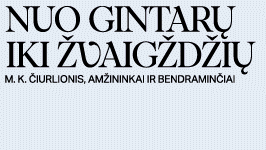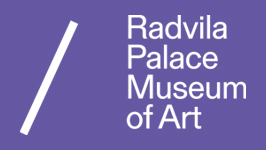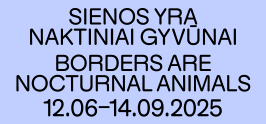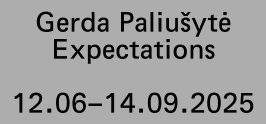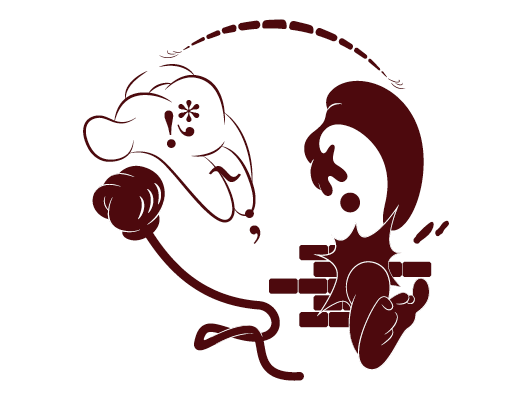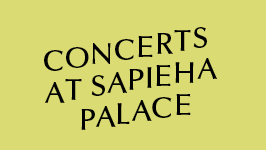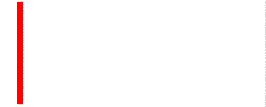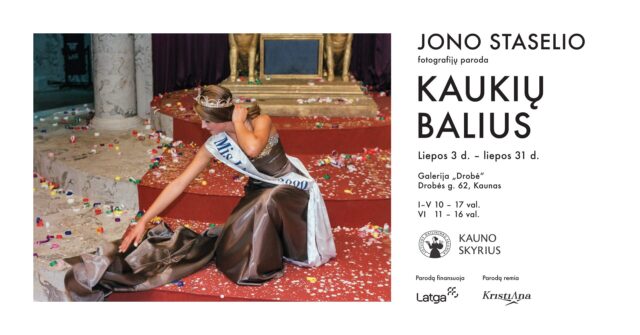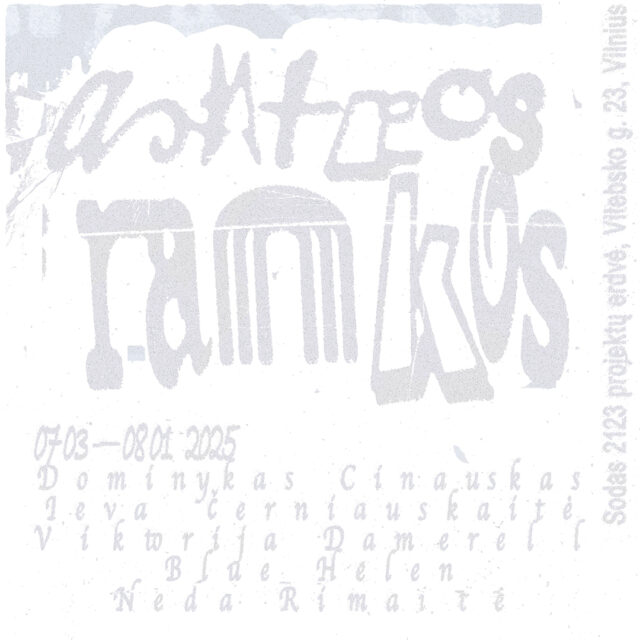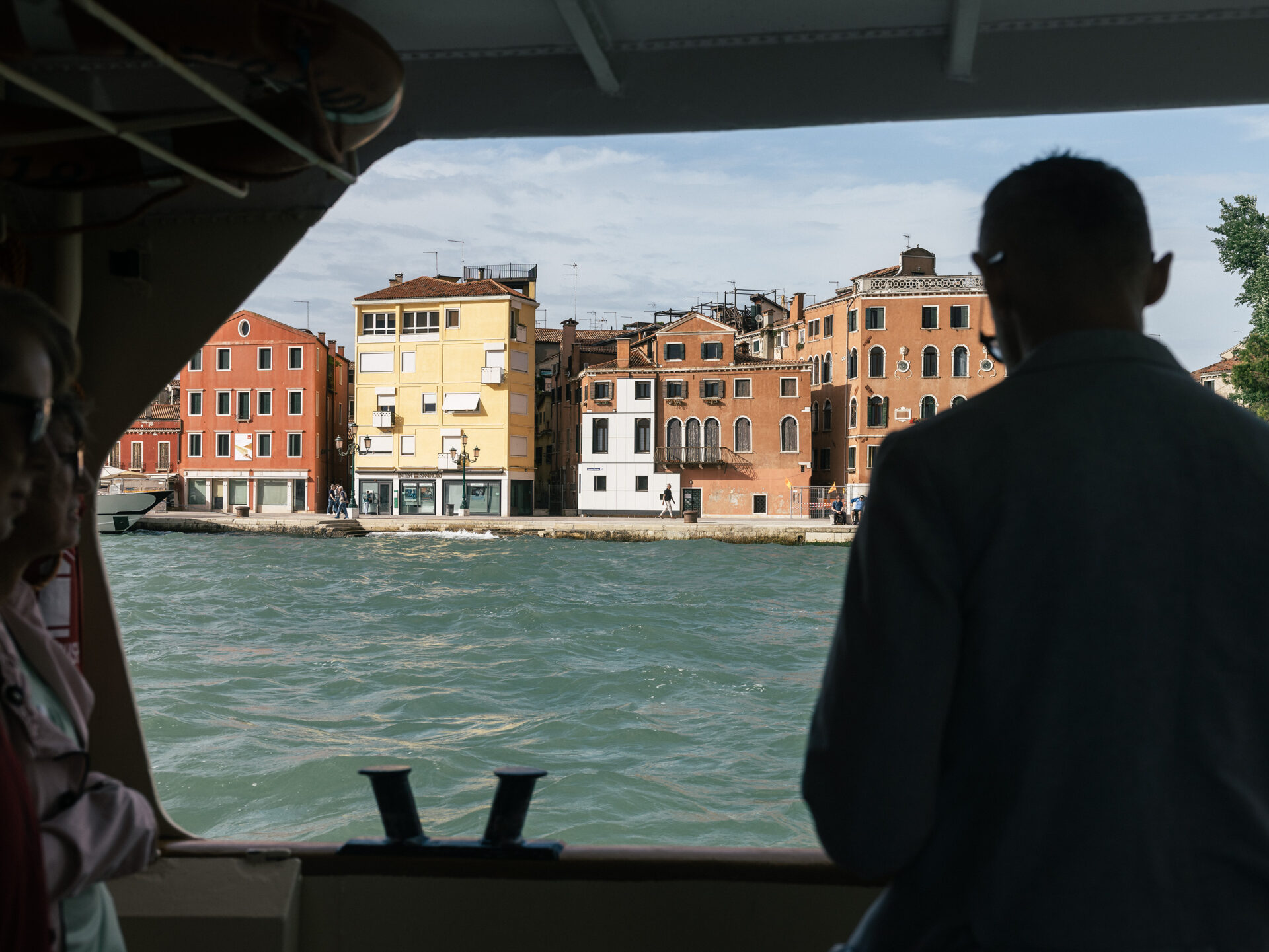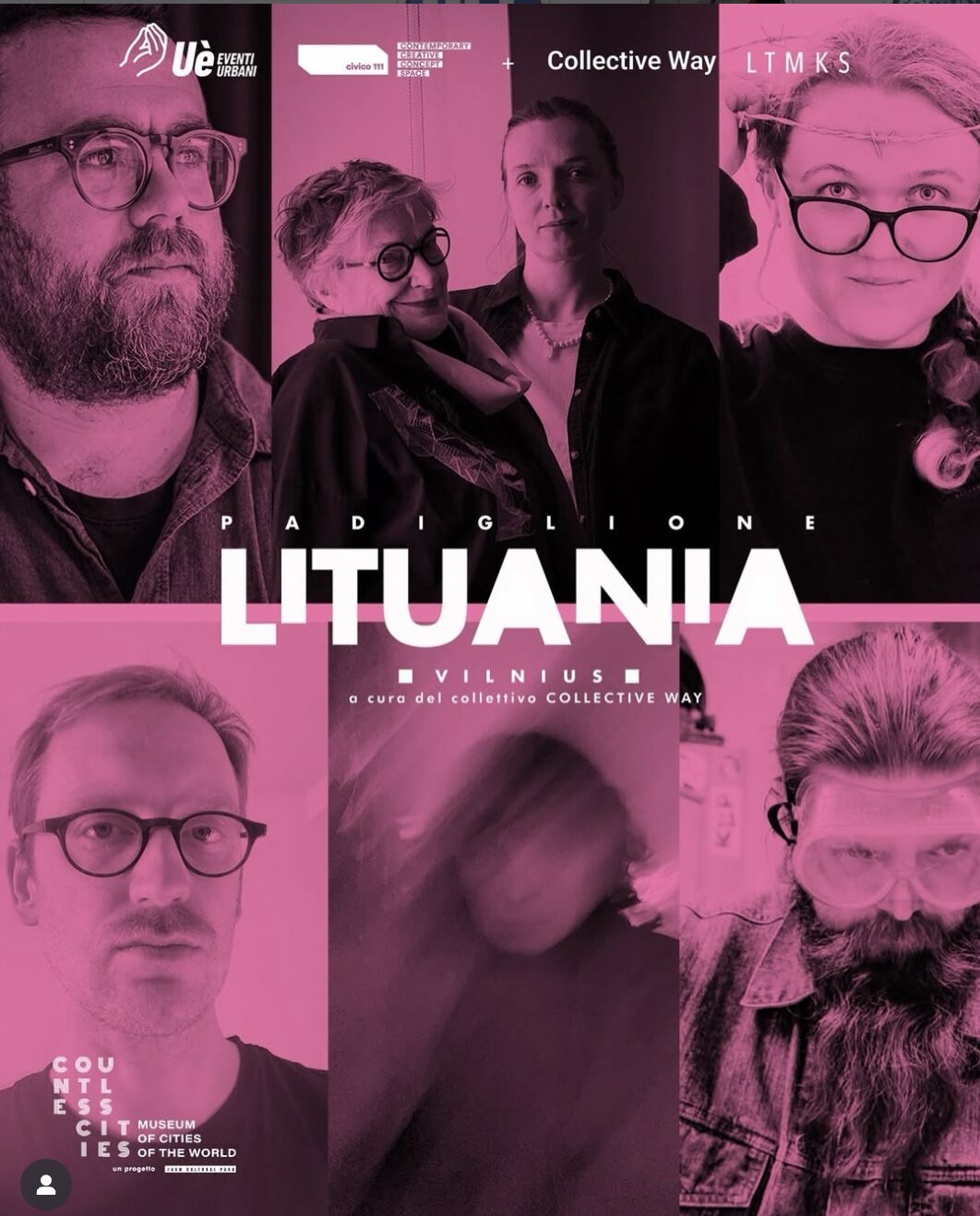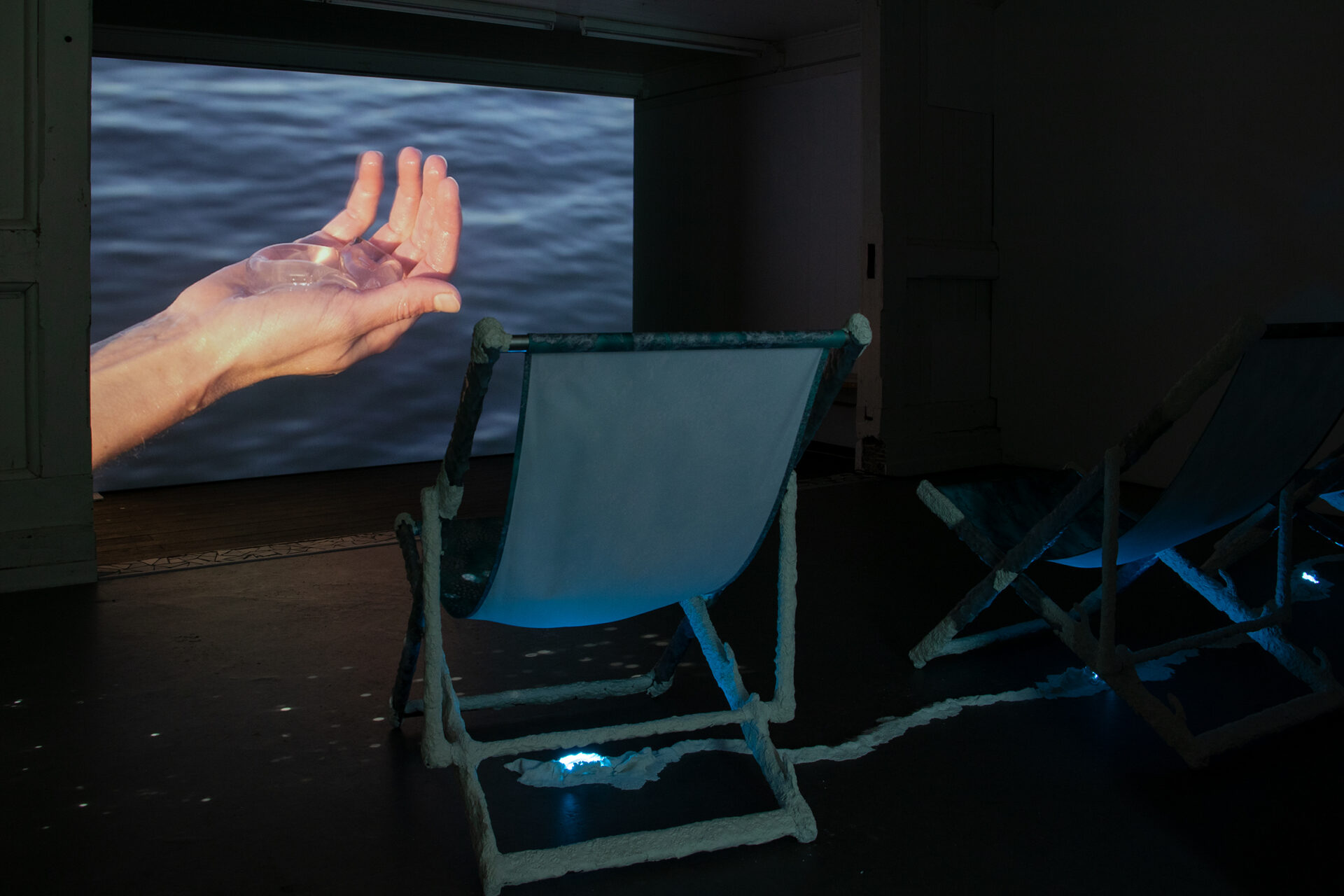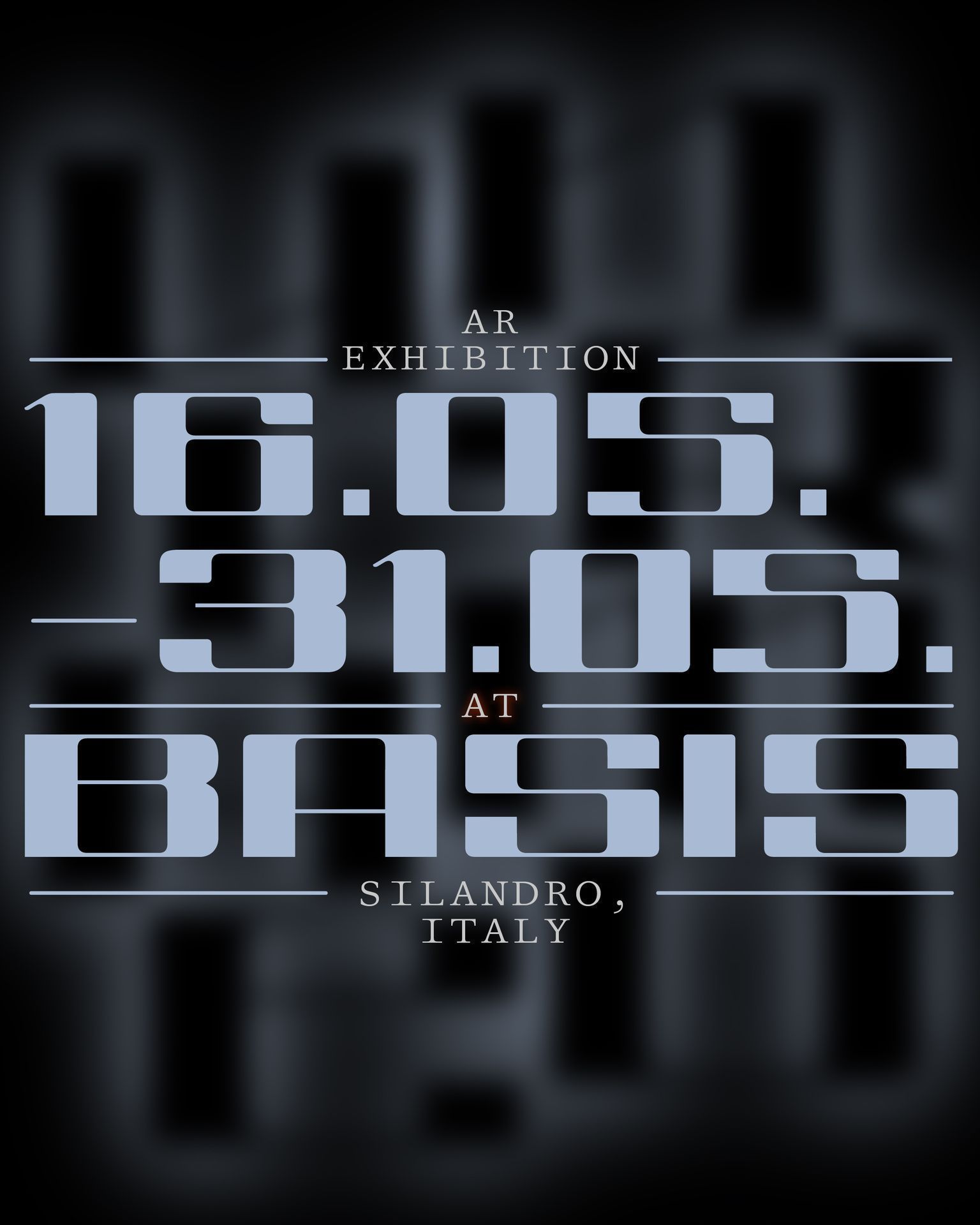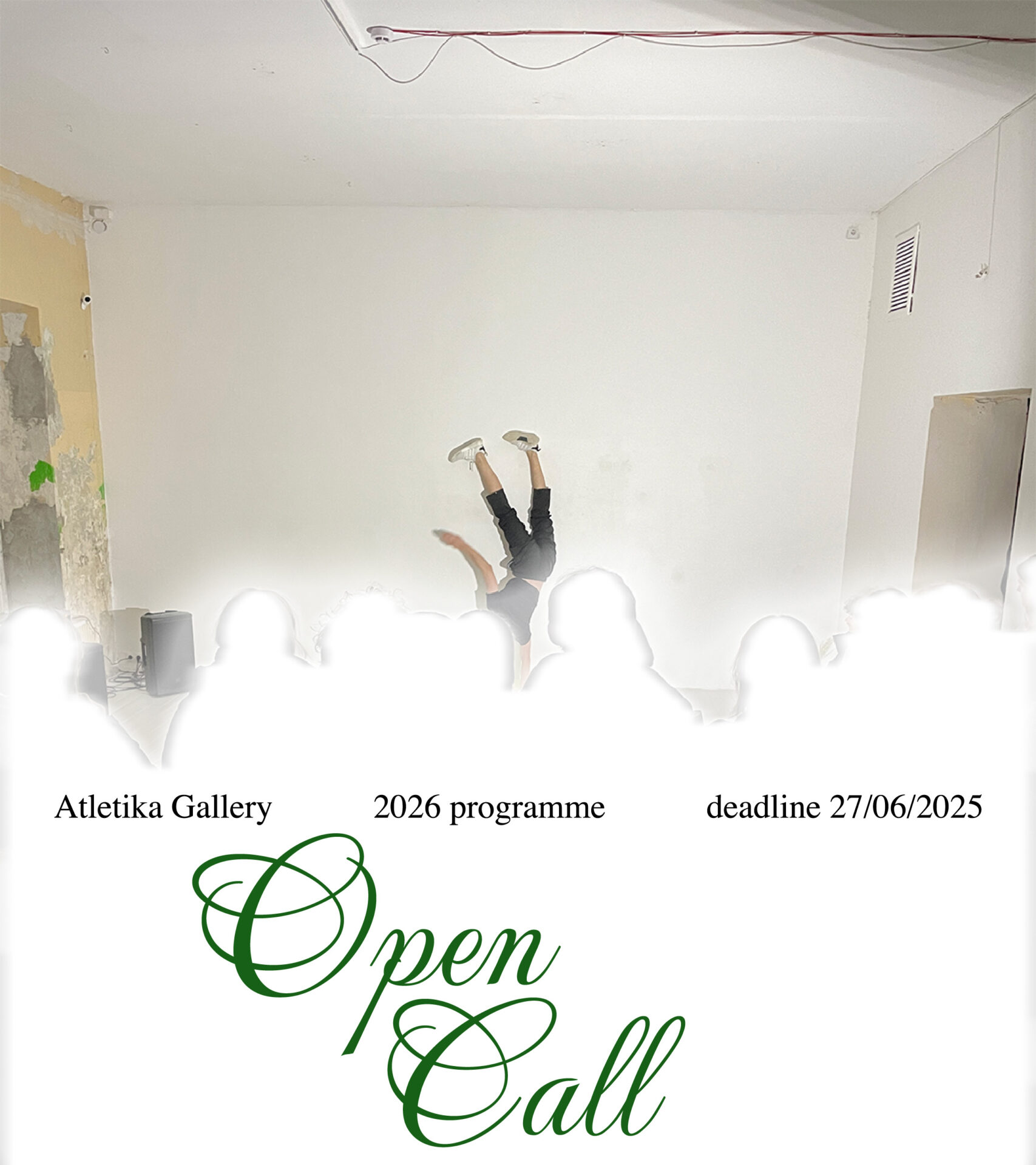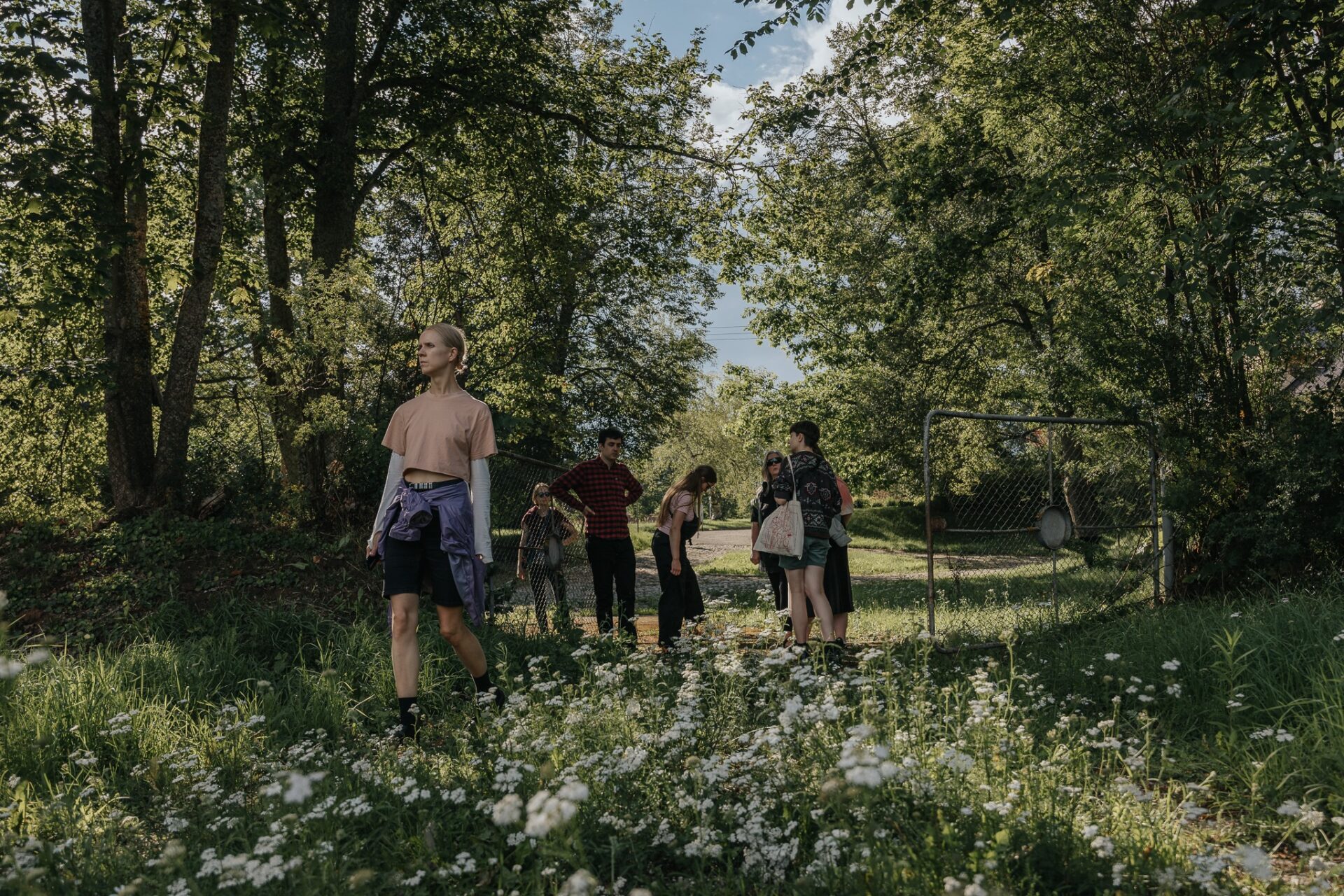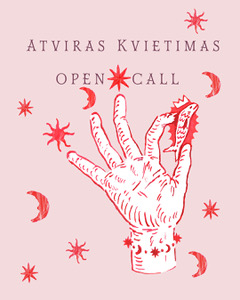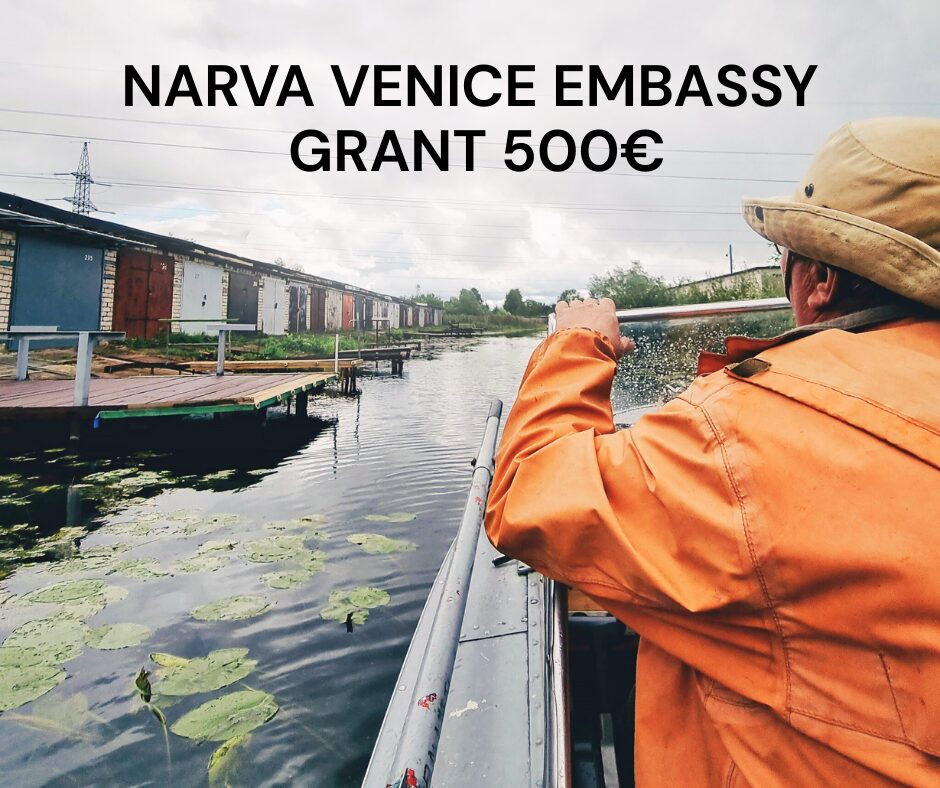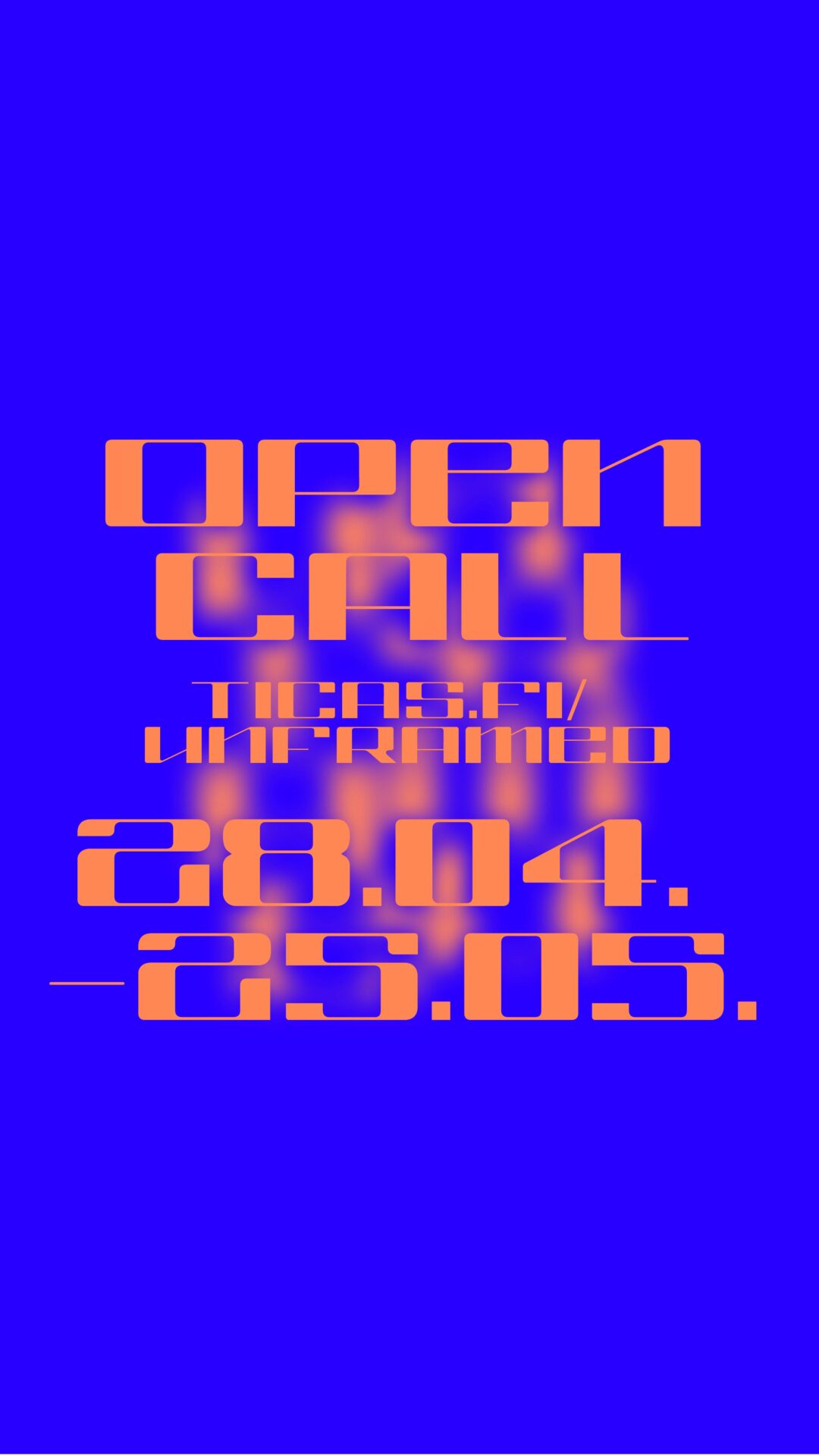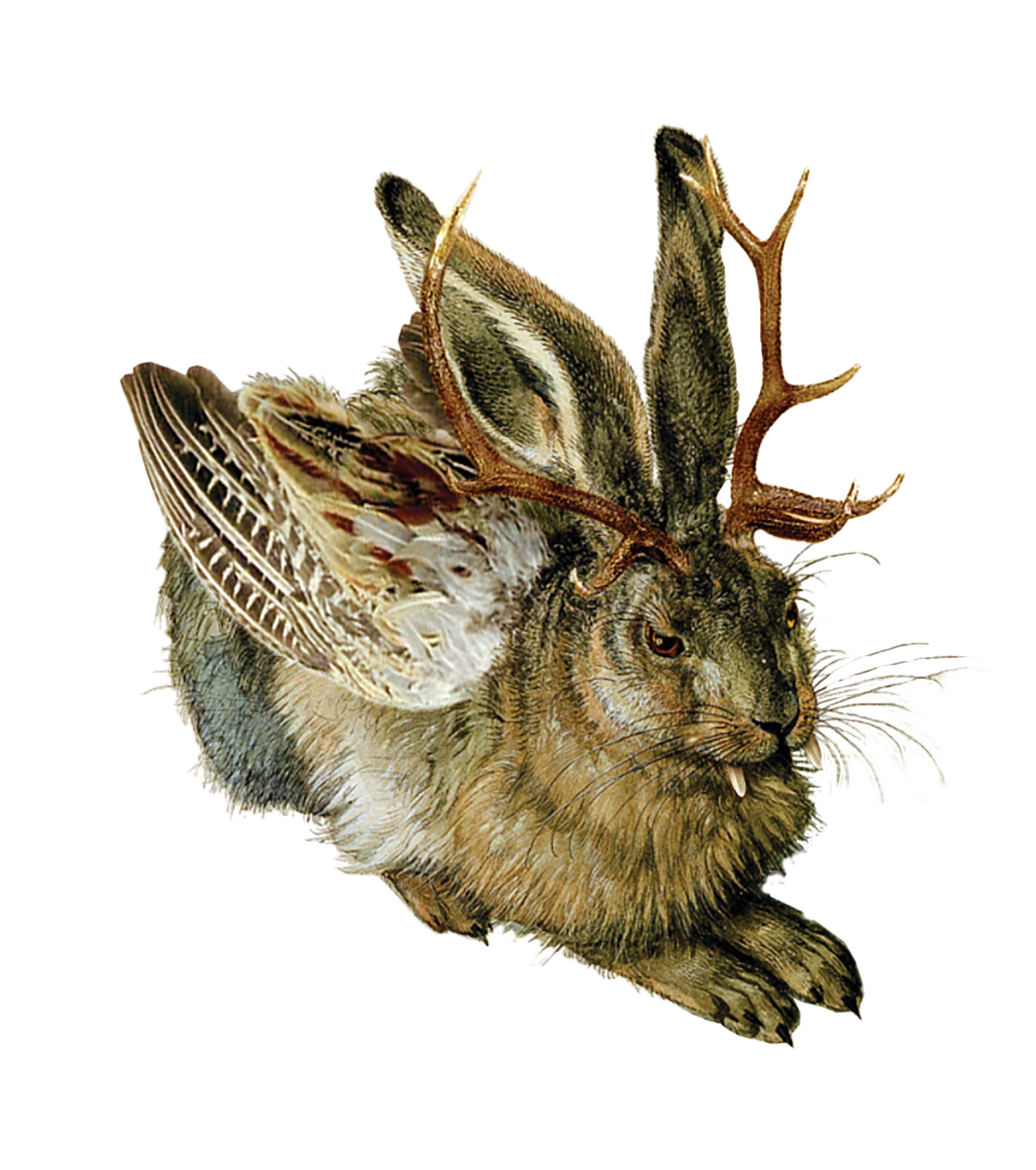 To describe the body of our collaboration, we could make an analogy to a mythological hybrid animal called “Wolpertinger”, whose appearance evokes the idea that, however different the parts constituting a whole are, they can still merge into a single functioning organism.
To describe the body of our collaboration, we could make an analogy to a mythological hybrid animal called “Wolpertinger”, whose appearance evokes the idea that, however different the parts constituting a whole are, they can still merge into a single functioning organism.
The collaborative method we developed during the stay in Lithuania aims to support the heterogeneous character of the individual research projects and emphasize the aspects of the combinatorial logic and connectivity among them.
Being involved in practice based design research, our group decided for the format of the workshop as the main methodological tool that enabled us to extend and hand over the individual research to the domains of the others, and see it coming back or moving forward in an entirely transformed shape. The format of the workshop became instrumental not only for combining our analogue and digital practices and having a variety of media outputs–artefacts, texts, videos, tools, smells, thermal images–but also for connecting our experiments to the place we inhabited and the locally available resources (pine and birch trees, sand, beeswax, wool).
The three-dimensional collaborative map presented in the exhibition is a key element in establishing relations among all actors and the different research domains, simultaneously being a medium to record our actions and a work-in-progress diagram. The heterogeneous network we created includes the diverse outputs of our research, displaying both discontinuity and cohesion of the work processes and offers multiple views of the theme “new forms for more sustainable ways of living”.
As a part of the PhD research, five ArcInTexETN fellows from the fields of textile design and architecture and fields worked together for three months in Lithuania to develop a collaborative project addressing the theme of “new forms for more sustainable ways of living”.
ArcInTexETN network is a consortium of 5 universities and 3 companies that comprises a total of 15 doctoral candidates distributed across 6 universities comprising: Vilnius Art Academy, Royal College of Art, Boras School of Textiles, Berlin University of the Arts and Eindhoven University of Technology. The aim of the network is to connect textiles, architecture and interaction design to investigate new forms of more sustainable ways of living. The PhD students are divided in three work packages of 5 researches, each dealing with different scales: body, interior and architecture. The work exhibited here addressed the scale of architecture.
Participants:
Daniel Suarez (Universität der Künste, Berlin)
Is a Spanish architect and a research fellow at Berlin University of Arts currently researching processes that focus on translating textile operations from the physical to the digital domain by means of live motion capture systems. The aim is to manipulate such textile digital tectonics in correspondence the possibilities of design driven CAD/CAM processes.
Iva Rešetar (Universität der Künste, Berlin)
Iva Rešetar is an architect and a research fellow at Berlin University of Arts, where she investigates textile structures for adaptable and responsive architecture. While understanding architecture as a subset of a larger thermodynamic system, her project explores thermally adaptive material systems that provide human comfort and dynamically exchange the energy with the environment.
Marina Castán (Royal College of Art, London)
Marina Castán is a textile designer by background and carries out research in textiles and architecture focusing on the importance of the body as a core centre of the design process. Her aim is to explore the spatial qualities of textiles in relation to the body’s movement that will inform and create new ways of architectural expressions.
Jyoti Kapur (University of Borås)
Jyoti Kapur is a knitwear fashion designer. She is undertaking her Doctoral research at The Swedish School of Textiles in Borås, Sweden. Her area of research is textiles and architectural spaces. Her research focuses on olfactive interactions at the intersection of architectural spaces, and textiles.
Bastian Beyer (Royal College of Art, London)
Bastian Beyer´s background is architecture. His research is exploring technologies to incorporate living organisms into architectural design processes and assembly systems in order to explore new possibilities for design and sustainable materials.The intrinsic “material intelligence” of living matter and its ability to self-organise provides new considerations for design thinking whilst at the same time challenges the conventional relationship between material and designer.
Events:
28.Nov, Mon 6 p.m. Vernissage.
Performances: Textile Interactions (Giedré & Jyoti); Textile Choreographies (Marina & Daniel)
29.Nov, Tue 3 p.m. – 6 p.m. Critical session: open discussion with invited experts
01. Dec, Thurs 4 p.m. – 6 p.m. Open Studio session
VAA gallery ‘Akademija’
Pilies St. 44, Vilnius

